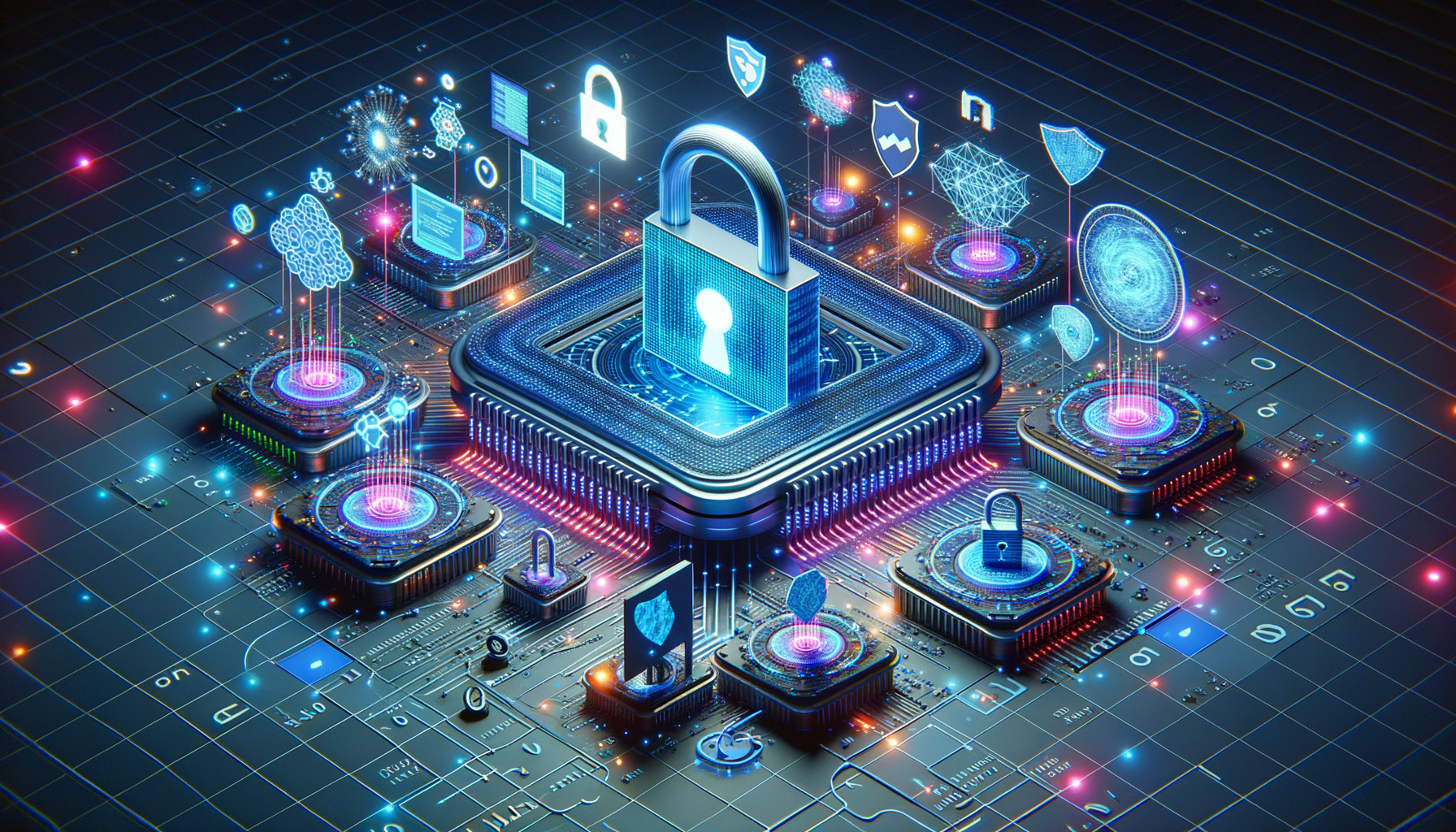Introduction to Cybersecurity
In today’s interconnected digital world, cybersecurity has become a critical concern for individuals and organizations alike. As our reliance on technology grows, so does the risk of cyber threats that can compromise sensitive data and disrupt operations. Cybersecurity involves implementing measures to protect networks, systems, and data from unauthorized access or attacks. With the increasing frequency and sophistication of cyber threats, understanding the importance of cybersecurity is essential to safeguarding your digital assets.
The Evolving Landscape of Cyber Threats
The digital landscape is continuously evolving, and so are the threats that come with it. Cybercriminals are becoming more sophisticated, employing advanced techniques to breach systems and steal information. Some common types of cyber threats include:
- Malware: Malicious software designed to harm or exploit systems.
- Phishing: Deceptive attempts to acquire sensitive information by pretending to be a trustworthy entity.
- Ransomware: A type of malware that encrypts data and demands payment for its release.
- Denial-of-Service (DoS) Attacks: Attempts to make a machine or network resource unavailable to its intended users.
Understanding these threats is the first step in developing effective cybersecurity strategies. Organizations must stay informed about the latest threats and continuously update their security measures to protect against potential breaches.
Implementing Effective Cybersecurity Measures
To protect digital assets from cyber threats, organizations and individuals must implement robust cybersecurity measures. These measures include:
- Firewalls: Hardware or software that blocks unauthorized access to networks.
- Encryption: The process of converting data into a code to prevent unauthorized access.
- Antivirus Software: Programs designed to detect and remove malicious software.
- Regular Software Updates: Keeping software up-to-date to protect against vulnerabilities.
- Employee Training: Educating staff on cybersecurity best practices and recognizing potential threats.
By implementing these measures, organizations can significantly reduce the risk of cyber attacks and protect sensitive information from being compromised.
The Role of Cybersecurity in Business Continuity
Cybersecurity is not just about protecting data; it’s also about ensuring business continuity. A successful cyber attack can have devastating effects on an organization, leading to financial loss, reputational damage, and operational disruptions. Therefore, businesses must prioritize cybersecurity as part of their overall risk management strategy.
Implementing a comprehensive cybersecurity plan can help businesses recover quickly from an attack and minimize its impact. This plan should include:
- Incident Response Plans: Procedures for detecting, responding to, and recovering from cyber incidents.
- Data Backup and Recovery: Regular backups of critical data to ensure it can be restored in case of a breach.
- Business Continuity Planning: Strategies to maintain operations during and after a cyber attack.
By integrating cybersecurity into business continuity planning, organizations can better prepare for and respond to cyber threats, ensuring long-term resilience and stability.
Conclusion: The Future of Cybersecurity
As technology continues to advance, the importance of cybersecurity will only grow. Cyber threats are becoming more complex, and the potential consequences of a breach are more severe than ever. Therefore, investing in robust cybersecurity measures is crucial for protecting digital assets and ensuring the safety of personal and business information.
Looking ahead, organizations must remain vigilant and proactive in their approach to cybersecurity. This includes staying informed about emerging threats, continuously updating security measures, and fostering a culture of security awareness among employees. By doing so, organizations can not only protect themselves from current threats but also prepare for the challenges of the future.




Leave a Reply